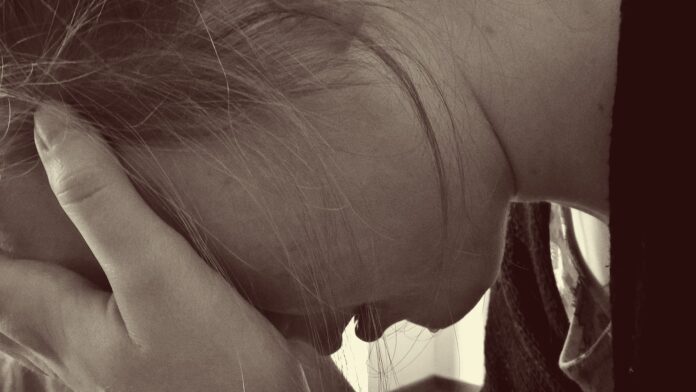- Sexual attacks and other overwhelming waves of violence and trauma among teens reach record-high levels.
- LGBTQ teens continue to experience extremely high levels of mental health challenges.
Our teenage girls are suffering, and we’re not doing enough to help them. The US Centers for Disease Control and Prevention (CDC) reported on Monday that U.S. teen girls experienced record-high levels of violence, sadness, and suicide in recent years.
Kathleen Ethier, director of the CDC’s Division of Adolescent and School Health, said violence and other traumatizing experiences among America’s young women have led to unprecedented feelings of hopelessness and suicidal thoughts.
“Our teenage girls are suffering through an overwhelming wave of violence and trauma, and it’s affecting their mental health,” said Ethier.
Results from new CDC data show that nearly 3 in 5 (57%) U.S. teen girls felt “persistently sad or hopeless,” double that of boys in 2021, representing about a 60% increase and the highest level reported over the ten years.
Teens reported increasing experiences of violence, mental health challenges, and suicidal thoughts. Based on the results, teen girls fared worse than boys across nearly all measures.
The report also showed similar declines in the mental health of teens who identify as lesbian, gay, or bisexual (LGBTQ+). At least 52% of LGBTQ teens said they struggled with mental health.
Julie Cerel, a licensed psychologist and director of the Suicide Prevention & Exposure Lab at the University of Kentucky, told NBC News, “LGBTQ teens experience much more interpersonal stress from schools, from peers, and home, unfortunately.”
The CDC’s Youth Risk Behavior Survey, conducted every other year for several years, includes responses from high school students. More than 40% of high school students said they felt sad or hopeless, preventing them from engaging in regular activities for at least two weeks.
“High school should be a time for trailblazing, not trauma. These data show our kids need far more support to cope, hope and thrive,” said Debra Houry, M.D., M.P.H., CDC’s Chief Medical Officer and Deputy Director for Program and Science. “Proven school prevention programs can offer teens a vital lifeline in these growing waves of trauma.”
Youth mental health continues to worsen across racial and all ethnic groups, but with a particular increase of distress among teen girls.
- About 1 in 3 (30%) seriously considered attempting suicide—an increase of nearly 60% from a decade ago.
- Nearly 1 in 5 teens (18%) experienced sexual violence in the past year- about a 20% increase since 2017 when CDC began monitoring this measure.
- More than 1 in 10 (14%) ever forced to have sex- An increase of up to 27% since 2019. It’s also the first increase since CDC started monitoring this measure.
“Many of the mental health challenges facing youth health and well-being are “preventable,” said Houry. “When I look toward our young people’s future, I want to be filled with hope, not heartbreak.”
For over three decades, CDC has collected and analyzed youth health and well-being data, providing a critical first step to revealing, comprehending, and addressing emerging threats to teens’ mental health and well-being.
If you’re thinking about suicide, are worried about a friend or loved one, or would like emotional support, the Lifeline network is available 24/7 across the United States.
The Lifeline is available for everyone, is free, and confidential. Call or text 988.


